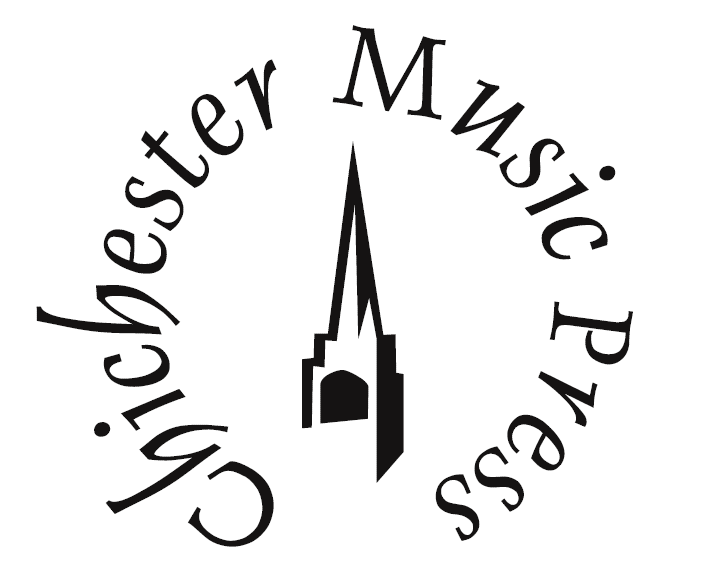
 |
|
Duration: 11'15" Ensemble: organ Grading: |
|
The origins of the Piano Quintet, op.34 (1865) are as a string quintet (1862), and a later sonata for piano duet (1864). Brahms close friends, Clara Schumann, the violinist Joachim and the pianist Hermann Levi were all influential in the works transformations. Performances in its different guises
by these musicians and Brahms himself resulted in its final form for piano quintet. Clara had written to Brahms on receiving a copy of the original string quintet, saying that she was delighted with the work: I am constantly playing it over and over again. Joachim thought that the work was of great importance, although he found the piece to be difficult and that without vigorous playing, it will not sound clear. The general opinion was that strings or piano duet alone were unable to carry the symphonic stature of the work.
The directions in this score for use of manuals or stops are suggestions only and players should register this work freely and as each instrument allows. Dynamics are mostly those of Brahms, and reference to performances of the work in its original form is highly recommended. The limited compass of some organs has been considered (bars 168175). The Piano Quintet score used for this transcription is Edition Eulenburg No. 212.
This recording was recorded live by Robert Fielding in 2021 on an organ using Hauptwerk and Cubase Studio software and a digitised sample set of the Hereford Cathedral Willis III organ by Lavender Audio. The organ was sampled in April 2009 and February 2010 using high quality microphones by Bruel & Kjaer (now DPA) and AKG. Mic pre-amps and digital conversion by Focusrite and M-Audio.